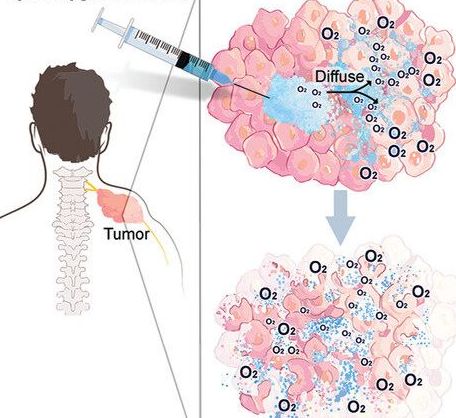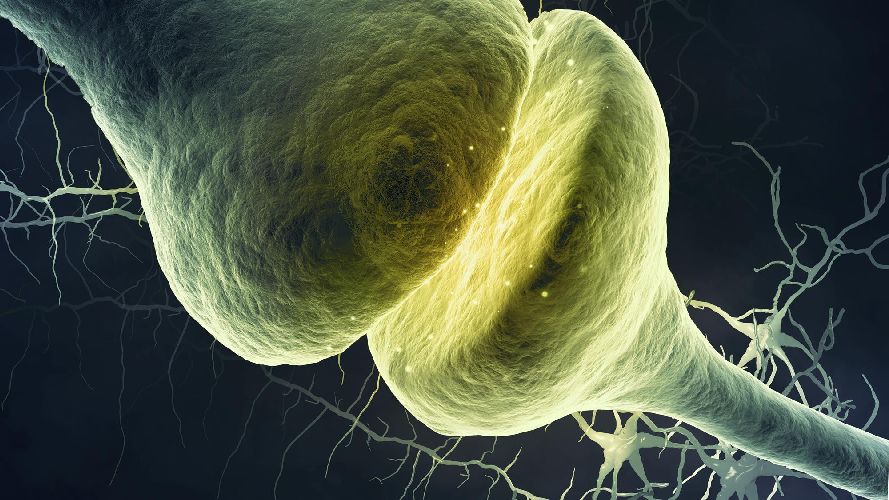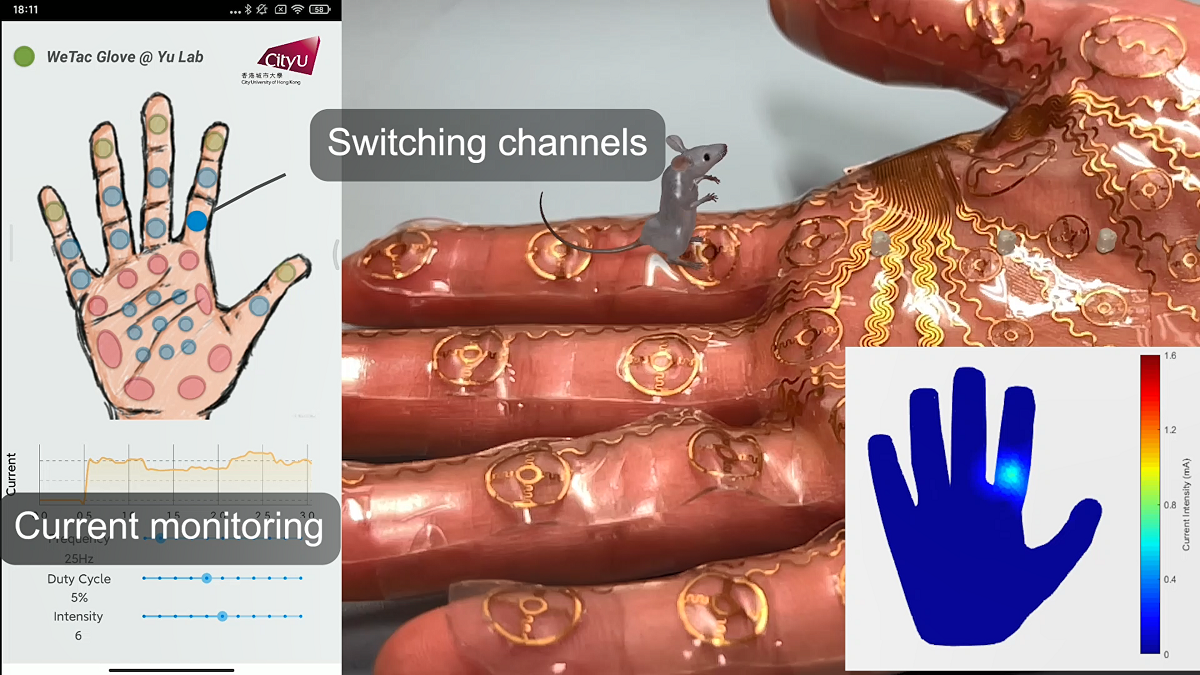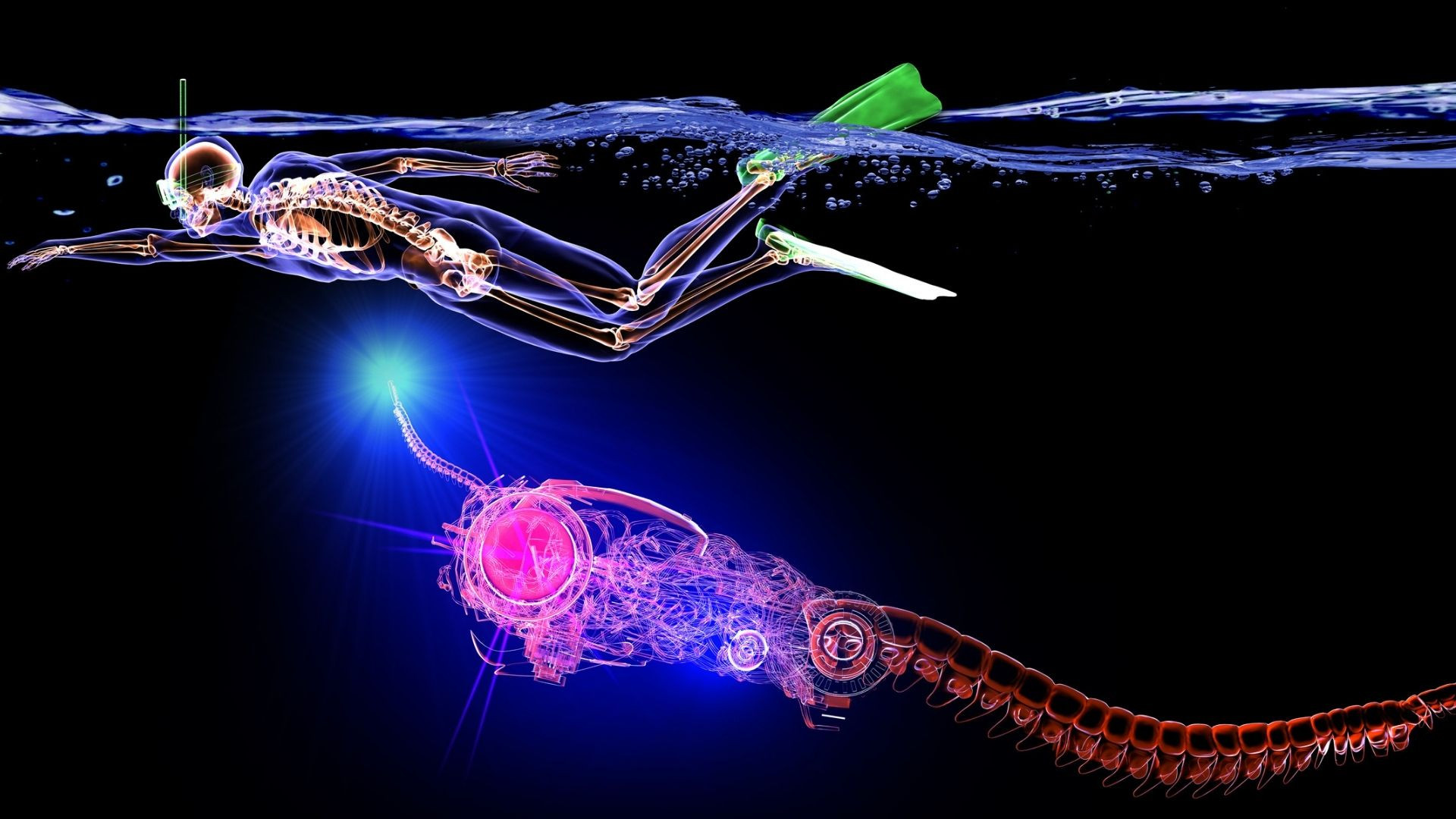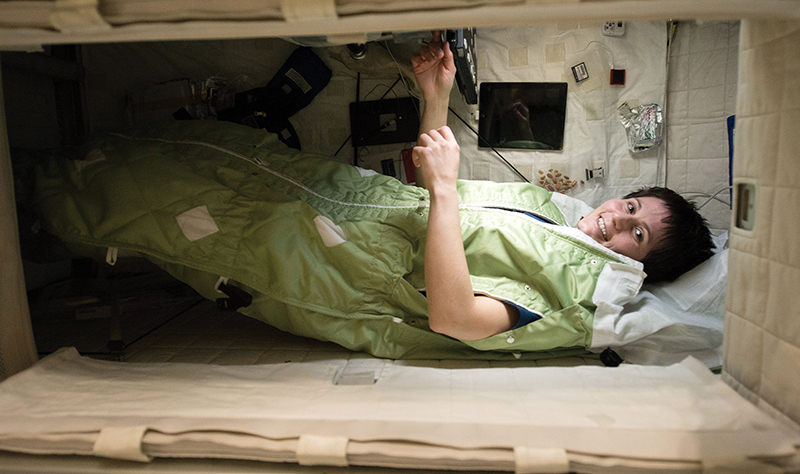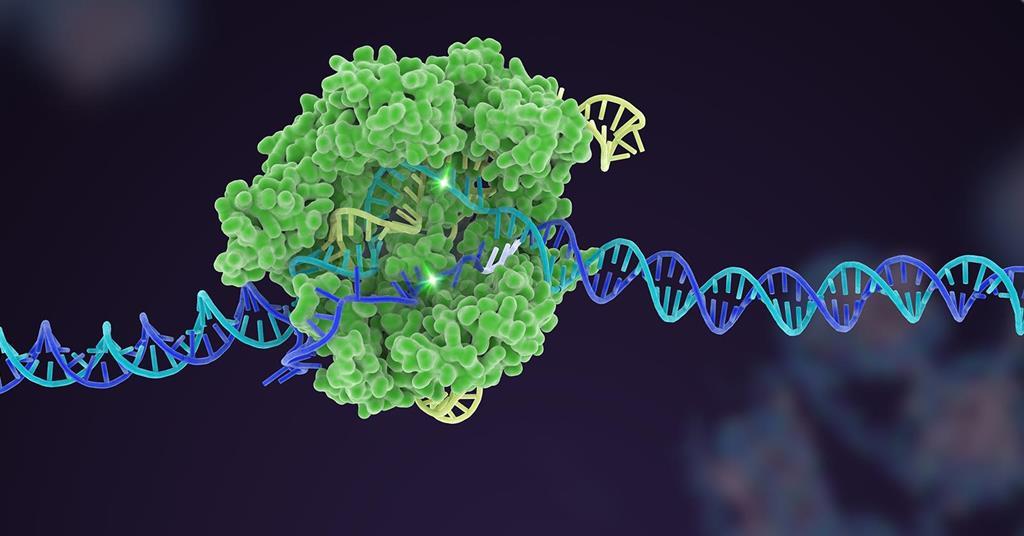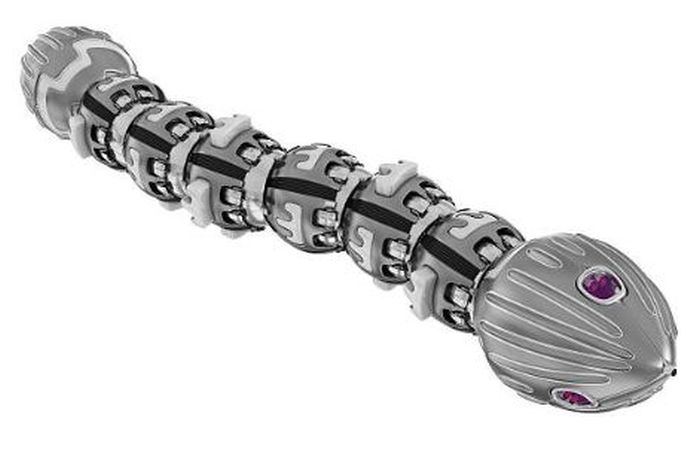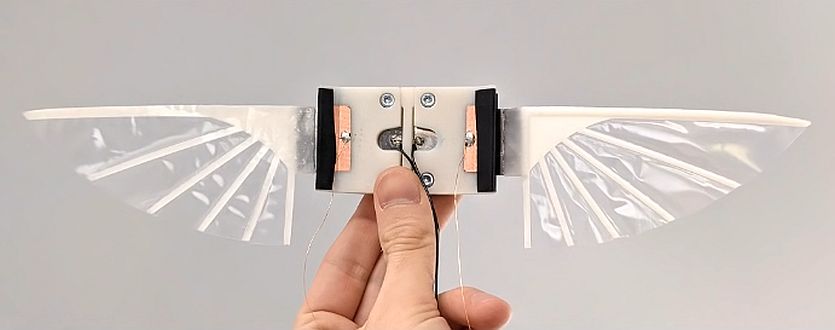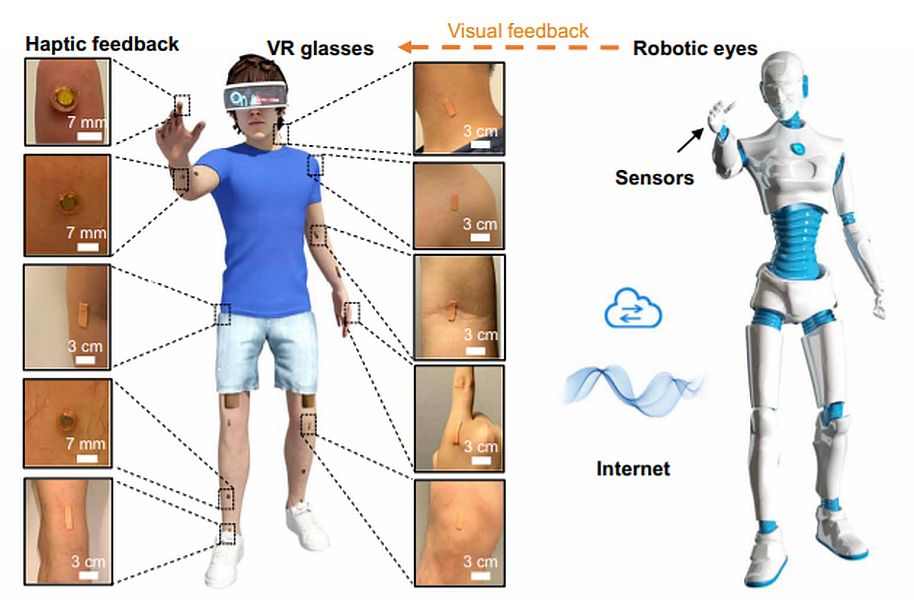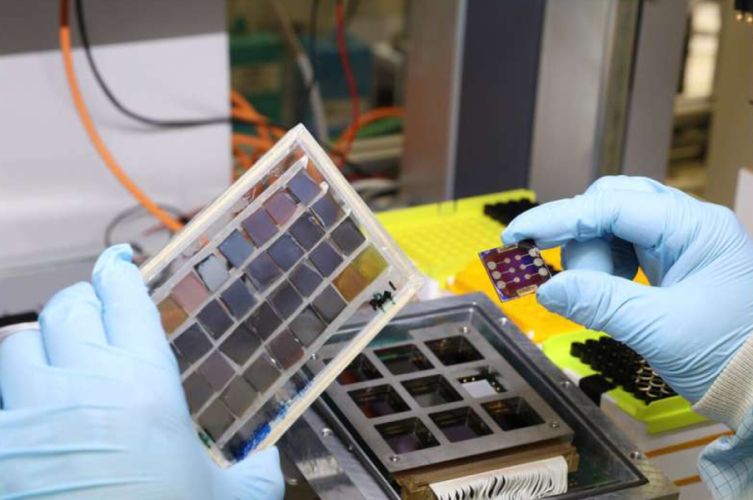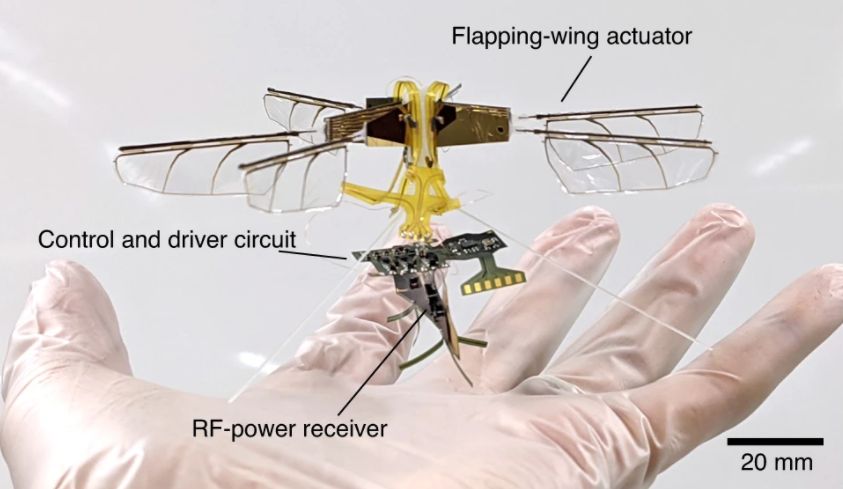Cancer treatments such as radiotherapy and chemotherapy have been shown to be less effective when exposed to a hypoxic environment. In fact, low oxygen levels in tumors can also escalate disease progression. Hyperbaric oxygen therapy and microbubble infusion are the two techniques through which oxygen levels in tumors can be increased to improve treatment outcomes.
Read MoreTag: innovation
Human Brain Organoids Implanted in Mice: Human-mouse Synapses
An international team of neuroscientists has demonstrated that human brain organoids when implanted in the cerebral cortex region of a mice can respond to external sensory stimuli. Brain organoid, here, refers to a three-dimensional tissue that is made from skin cells.
Read MoreWearable Electrotactile Feedback System: Skin VR
Haptic systems are mainly designed to control virtual objects. Their efficacy is good, but when it comes to controllers, joysticks, and steering wheels, things look slightly bulky. And tangled wires is another task to deal with. Researchers at City University of Hong Kong have come up with a portable solution to enhance the tactile VR experience.
Read MoreButterfly Robots with Bistable Wings: Biomimicry
In an effort to create faster and more energy-efficient soft robots, researchers at North Carolina State University have created a prototype of swimming soft robots based on manta rays. The team got inspired from the biomechanics of the marine animal. Rate of swimming for most of the (swimming) soft robot is one body length per second, manta rays, however, glide at much faster rate. Their swimming efficiency triggered the scientists to look into the potentiality of creating a similar robot, biomechanically.
Read MoreInterview: Dr Philipp Simons, Materials Scientist at Massachusetts Institute of Technology
Dr. Philipp Simons recently hit headlines with his new paper on miniature glucose fuel cells for implantable devices. According to him, human body is saturated with glucose hence, harvesting this energy to power implantable devices is an achievable feat. Dr. Jennifer L.M. Rupp from Technical University Munich in Germany, also Dr. Simons’ thesis supervisor, postulated that battery takes up 90% of an implant’s volume. Interestingly, the new fuel cell will mask the implant and power it with no volumetric footprint. Their innovative approach to solve medical problem gave me an…
Read MoreShapeshifting Nanobots to Brush and Floss Teeth: Toothbrushing Microbots
Toothbrush, or the heads per say, have not much evolved since ages, from rectangular they have only graduated to diamond shaped geometry. I really doubt how far does the new shape has been able to reach the teeth in the back. In the dental hygiene sequence floss, brush and rinse go hand in hand. And each step is an important and at times, cumbersome task especially for people with disabilities. Researchers at the University of Pennsylvania have put in an effort to combine these three steps in one with the…
Read MoreThe Ear-EEG Measure How Astronauts Sleep: Sleep in Orbit
Sleep is the most vital process for overall mental development. Irrespective of age, sleep deprivation leads not only to mood fluctuations the next day but it also affects the overall productivity including decision-making skills, creativity and judgment. Astronauts who spend quite some time in zero gravity face issues while maintaining normal sleep patterns. Even an artificial day-night cycle does not help them in keeping up with a natural circadian rhythm. Therefore, to get more understanding in the brain’s electrical activity and map sleep patterns, researchers at Aarhus University have developed…
Read MoreCompact Cas7-11 Enzyme for RNA Editing: CRISPR-Cas System
The CRISPR CAS9 system famously known as genetic scissors was discovered by Emmanuelle Charpentier and Jennifer Doudna in 2012. And since then, the new tool has been studied extensively across global academia. Initial studies of the genome editing tool altered only the DNA. However, lately the CAS system is also studied for editing RNA. What is CRISPR-CAS system? CRISPR-CAS system is an adaptive immune system of bacteria, which protects it from invaders. Also, it defends the bacterial host from renewed infection as it memorizes previous infections. DNA has the fingerprint.…
Read MoreMagnetic Tentacle Robot for Autonomous Endoscopy: Soft Catheters
Magnetic tentacle robot, strange it may sound but researchers at STORM Lab at the University of Leeds have come up with a tiny canular form of robot that can explore the smallest bronchial tubes in the lungs. The nano tubiform bot measures around 2 millimetres in diameter. That happens to be two times the size of the tip of a ballpoint pen. The tentacle robot will be guided from the outside with the help of (external) magnets.
Read MoreInsulation-free Magnet to Facilitate Development of Fusion Power Plant: Superconductors
Replicating fusion on earth is one of the things that scientists globally look forward to. Once they are able to reach a state through which fusion could be created, we might get virtually inexhaustible supply of power to generate electricity.
Read MoreInsect sized Flying Robot with Flapping Wings: Micro air Vehicle
Researchers at the University of Bristol, U.K. have fabricated a flapping-wing microrobot that can produce more power than a similar-sized insect. The micro-air vehicle is a product of biomimicry, inspired from bees and other flying insects.
Read MoreSkin-Integrated Electronics to Capture Haptic Feedback: Human-Machine Interfaces
To control a remote robot via electromechanical devices, require the operator to wear huge and at times bulky gear. To make things easier, researchers from Hong Kong and China have fabricated a flexible skin patch, which has an ability to provide haptic feedback. Now not only the user can receive feedback from another (human) user but also from a robot to be more specific, haptic feedback from remotely controlled robot.
Read MoreInterview: Takashi Ozaki, Research Scientist at Toyota Central R&D Labs, Japan
Takashi Ozaki is the frontier research leader at Beyond-X Research Domain, Toyota Central R&D Labs. Inc. Japan. He completed his B.E. and M.E. from Kyoto University. His area of research fields includes – bioinspired actuators and robotics, micro electromechanical systems and microfabrication processes.
Read MorePerovskite Solar Cell Shows Long Stability: Photovoltaic Tech
Perovskite is an emerging name in the new generation of solar modules. Due to its super power conversion efficiency, it is extensively studied by researchers in photovoltaic technologies.
Read MoreWireless RF Powered Insect Scale Aerial Vehicle: Miniature UAV
Researchers at Toyota Central R&D Labs have developed a wireless radiofrequency power based tiny aerial robot.
Read More
